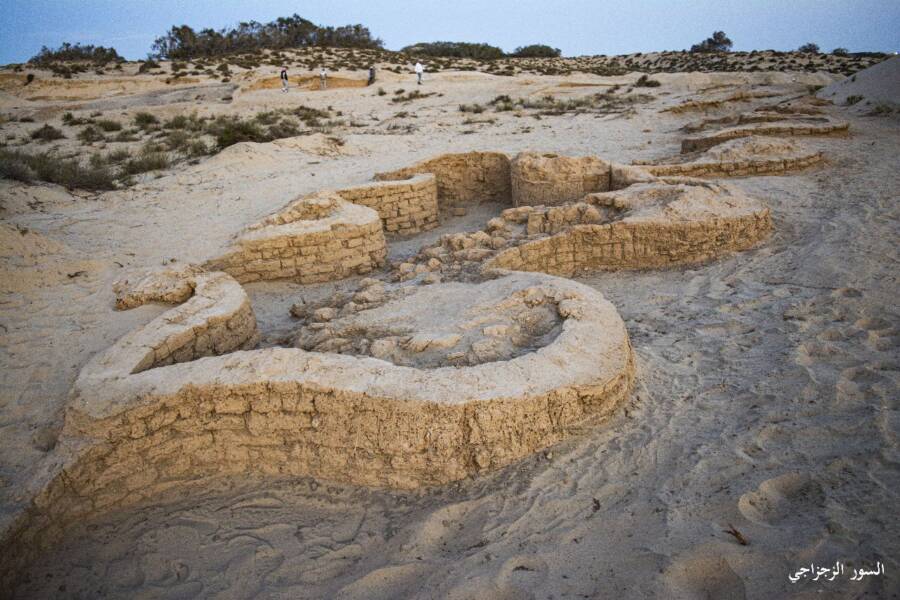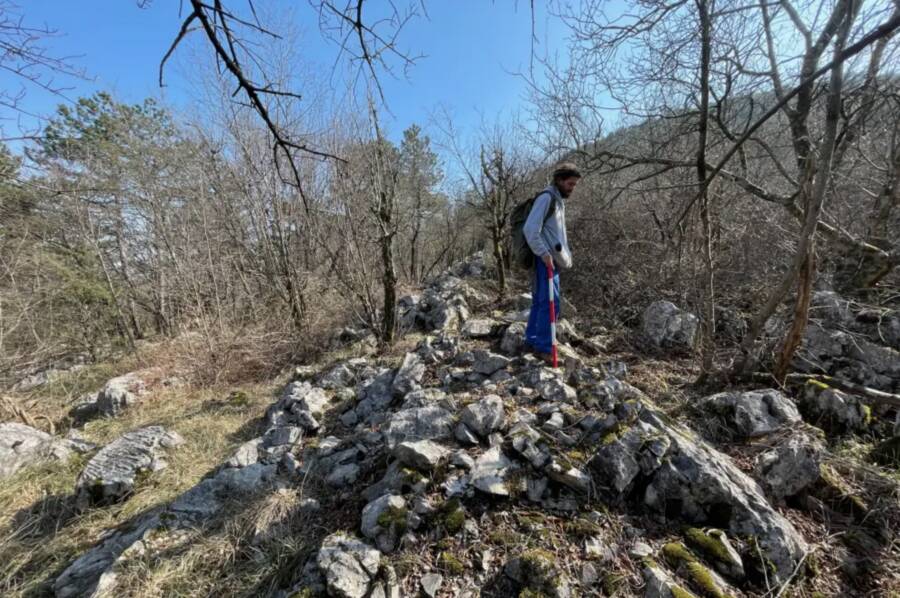Secrets of a Forgotten Dungeon: Unveiling Leicester’s Dark Medieval Underworld Beneath the Market Place
Ever wonder what secrets are lurking beneath the bustling streets of Leicester’s market place—an area so overlooked by archaeologists it’s practically the city’s best-kept dirty little secret? Well, buckle up, because as they dug in to make way for a new square, archaeologists stumbled upon layers of history stacked like an ancient, dusty lasagna—Roman relics, medieval market bits, and, wait for it… a dungeon that’s been described as a “most vile prison.” Imagine that! A grim little hellhole where inmates had to sprawl out on hard wooden planks without even a scrap of straw for comfort. Talk about roughing it. It’s like finding a time capsule you’re simultaneously terrified and fascinated to open. And the kicker? This dungeon was just one piece of an 800-year-old market puzzle, buried right under our noses. It turns out, Leicester’s past isn’t just rich—it’s got layers, a story of survival, sorrow, and commerce all intertwined. If walls could talk here, they’d probably cuss a little. Curious to peel back these historical layers yourself?
The discoveries were made during the development of a new square at Leicester’s market place, an area that has gone relatively unexplored by archaeologists until now.

University of Leicester Archaeological ServicesExcavations in Leicester revealed a number of important historical artifacts, including the remains of a “vile” dungeon.
During preparations for a new market square in Leicester, England, archaeologists have uncovered layers of history dating back to the Middle Ages and Roman times. Among these layers is a chilling artifact from the city’s past — a medieval dungeon once called “a most vile prison.”
Archaeologists are thrilled with the new finds, which offer a rich look at the city’s long history. “The discoveries,” remarked Dr. Gavin Speed, the leader of the excavation, “have surpassed our expectations.”
The “Vile” Dungeon Found Beneath Leicester
According to a press release from the University of Leicester Archaeological Services, which organized the excavation, the project began ahead of the development of a new market square. The dig revealed several layers of Leicester’s history, going back 2,000 years, but some of the most chilling finds at the excavation site came from the medieval period.

University of Leicester Archaeological ServicesCobblestones from the medieval layer, uncovered by archaeologists.
There, archaeologists found various surfaces from a medieval market, a stone-lined well, and the remains of a dungeon.
The dungeon is believed to have once been part of the Gainsborough Chamber, a civic building and the site of “judicial proceedings, mayoral business, feasting, and celebrations,” which was first mentioned in the historical record in 1533 and was demolished around 1748. The dungeon itself was seemingly a grim place, with one account describing it as a “most vile prison” where inmates were forced to lie upon “hard planks without bed or straw.”
It made up a key part of the medieval landscape uncovered by archaeologists, which excavations suggest was once an active hub.
“Remarkably, just below the modern ground surface, we have discovered the earliest medieval market place,” Speed explained. “This consisted of compacted pebbles, overlain by silts and successive resurfacing layers. It’s like looking at a slice through an archaeological cake. We can see multiple market surfaces, each representing a different generation and some 800 years of market activity. We have even identified traces of former medieval market stalls, preserved as post-holes.”

University of Leicester Archaeological ServicesAn archaeologist documenting the Leicester excavation site.
But the dungeon and other medieval artifacts were some of the more recent finds uncovered by archaeologists. At the site, they also found evidence of Leicester’s ancient past, stretching back millennia.
“Multiple Eras Of Leicester’s Past” Unearthed At The Market Place
During their excavation in Leicester, archaeologists uncovered “extraordinary evidence of 2,000 years of human activity” dating back to the Roman era — as well as the Anglo-Saxon era that followed it.

University of Leicester Archaeological ServicesThe excavation site revealed multiple layers of Leicester’s history.
From Roman times, archaeologists uncovered Roman pottery kilns, the remains of Roman buildings, and even a Roman infant who had been buried beneath a timber floor some 1,800 years ago. In ancient Rome, it was a common practice to bury babies beneath or near one’s home.
“We anticipated finding evidence of Roman occupation, as the market place sits in what would have been the south-east corner of Roman Leicester, but the discoveries have surpassed our expectations,” Speed said. “Our excavations have revealed the well-preserved remains of two Roman buildings. The earliest was a timber structure…[and] a later Roman building, this time constructed in stone, was built directly over the earlier timber house.”
Archaeologists additionally uncovered Roman tesserae, the small stone cubes that were used in mosaics, as well as pottery, coins, and jewelry. They also identified “thick soil layers” from the Anglo-Saxon era, which followed the decline of the Roman Empire, and, according to Speed, is a “poorly understood chapter in Leicester’s history.”
Auto Amazon Links: No products found.















Post Comment